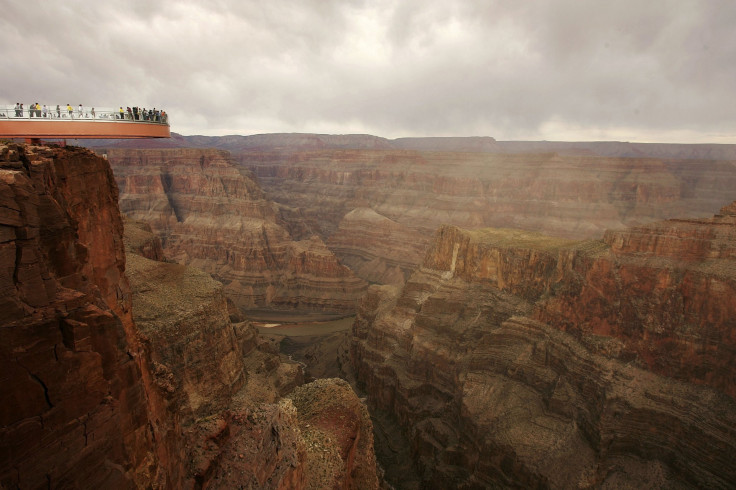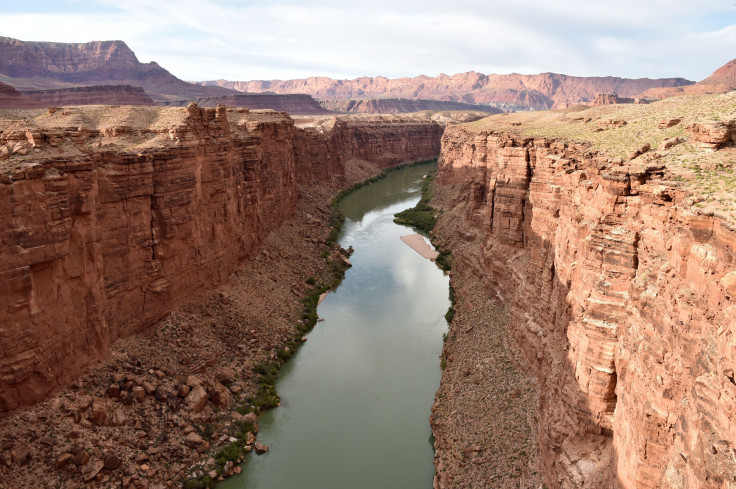Is Mercury Poisoning The Grand Canyon? High Levels In Algae And Fish Contaminate US National Park

Dangerous levels of mercury and selenium have been found in the Grand Canyon in Arizona, a new biological study reported Tuesday. The study, conducted by the U.S. Geological Survey, found abnormally high levels of both chemicals in algae and fish tested in the Colorado River that runs through the famed U.S. natural landmark.
“Managing exposure risks in the Grand Canyon will be a challenge, because sources and transport mechanisms of mercury and selenium extend far beyond Grand Canyon boundaries,” said Dr. David Walters, a U.S. Geological Survey research ecologist and lead author of the study.
Walters said some of the mercury was coming from Lake Powell, which has had dangerously high levels of mercury in the past. The method through which the mercury was making its way south to the Grand Canyon in Arizona from Lake Powell, in Colorado, surprised researchers and readers alike.
The study found that black flies, one of the main sources of food for trout in the Colorado River, eat an algae that often contains high levels of mercury, passing the chemical up the food chain. The algae is so small that the fish need to eat a lot of it to be full, so they end up consuming large amounts of mercury in the process. When the fish traveled downstream, they brought the toxins with them.

The study said that the levels of mercury, though dangerous to wildlife and organisms in the river ecosystem, were not dangerous to humans who had consumed trout from the river.
"The good news is that concentrations of mercury in rainbow trout were very low in the popular Glen Canyon sport fishery, and all of the large rainbow trout analyzed from the Grand Canyon were also well below the risk thresholds for humans," study co-author Ted Kennedy said.
© Copyright IBTimes 2024. All rights reserved.





















